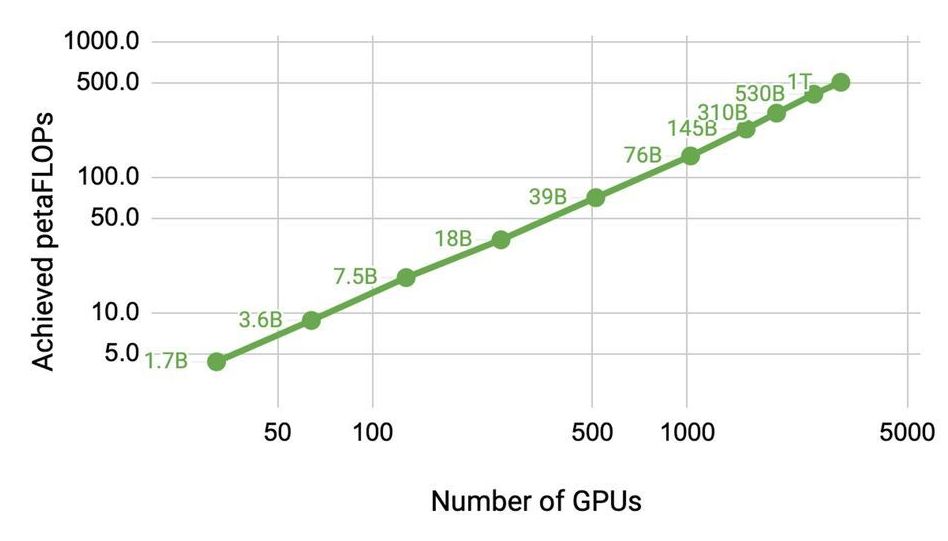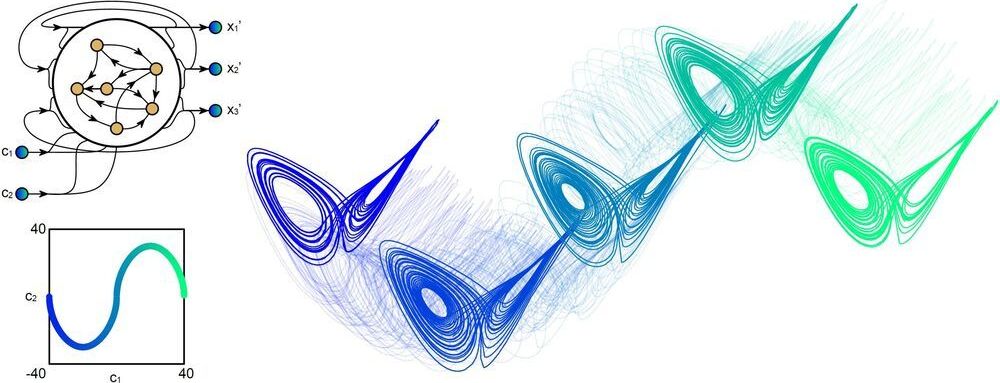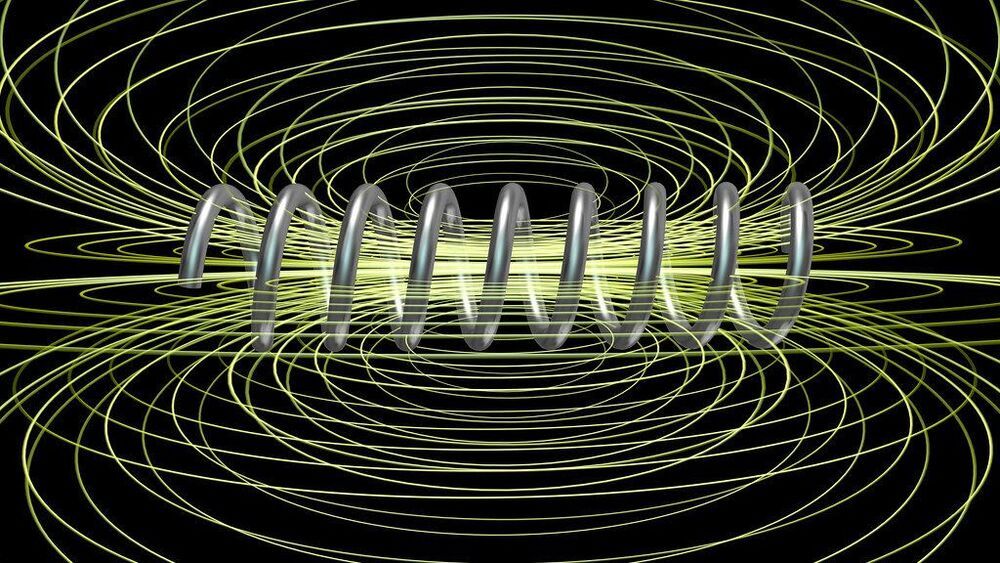Natural Language Processing (NLP) has seen rapid progress in recent years as computation at scale has become more available and datasets have become larger. At the same time, recent work has shown large language models to be effective few-shot learners, with high accuracy on many NLP datasets without additional finetuning. As a result, state-of-the-art NLP models have grown at an exponential rate (Figure 1). Training such models, however, is challenging for two reasons:
Unlike in other years, this year’s Microsoft Build developer conference is not packed with huge surprises — but there’s one announcement that will surely make developers’ ears perk up: The company is now using OpenAI’s massive GPT-3 natural language model in its no-code/low-code Power Apps service to translate spoken text into code in its recently announced Power Fx language.
Now don’t get carried away. You’re not going to develop the next TikTok while only using natural language. Instead, what Microsoft is doing here is taking some of the low-code aspects of a tool like Power Apps and using AI to essentially turn those into no-code experiences, too. For now, the focus here is on Power Apps formulas, which despite the low-code nature of the service, is something you’ll have to write sooner or later if you want to build an app of any sophistication.
“Using an advanced AI model like this can help our low-code tools become even more widely available to an even bigger audience by truly becoming what we call no code,” said Charles Lamanna, corporate vice president for Microsoft’s low-code application platform.
Circa 2016
From driverless buses to an AI council worker called Amelia, municipal services are becoming increasingly automated. But what does that mean for the future of our cities – and the jobs market?
Robots and artificial intelligence will replace workers on Australia’s first fully automated farm created at a cost of $20 million.
Most computer systems are designed to store and manipulate information, such as documents, images, audio files and other data. While conventional computers are programmed to perform specific operations on structured data, emerging neuro-inspired systems can learn to solve tasks more adaptively, without having to be engineered to carry out a set type of operations.
Researchers at University of Pennsylvania and University of California recently trained a recurrent neural network (RNN) to adapt its representation of complex information based only on local data examples. In a paper published in Nature Machine Intelligence, they introduced this RNN and outlined the key learning mechanism underpinning its functioning.
“Every day, we manipulate information about the world to make predictions,” Jason Kim, one of the researchers who carried out the study, told TechXplore. “How much longer can I cook this pasta before it becomes soggy? How much later can I leave for work before rush hour? Such information representation and computation broadly fall into the category of working memory. While we can program a computer to build models of pasta texture or commute times, our primary objective was to understand how a neural network learns to build models and make predictions only by observing examples.”
Physicists at the University of Bath in the UK, in collaboration with researchers from the USA, have uncovered a new mechanism for enabling magnetism and superconductivity to co-exist in the same material. Until now, scientists could only guess how this unusual coexistence might be possible. The discovery could lead to applications in green energy technologies and in the development of superconducting devices, such as next-generation computer hardware.
As a rule, superconductivity (the ability of a material to pass an electrical current with perfect efficiency) and magnetism (seen at work in fridge magnets) make poor bedfellows because the alignment of the tiny electronic magnetic particles in ferromagnets generally leads to the destruction of the electron pairs responsible for superconductivity. Despite this, the Bath researchers have found that the iron-based superconductor RbEuFe4As4, which is superconducting below-236°C, exhibits both superconductivity and magnetism below-258°C.
Physics postgraduate research student David Collomb, who led the research, explained: There’s a state in some materials where, if you get them really cold—significantly colder than the Antarctic—they become superconducting. But for this superconductivity to be taken to next-level applications, the material needs to show co-existence with magnetic properties. This would allow us to develop devices operating on a magnetic principle, such as magnetic memory and computation using magnetic materials, to also enjoy the benefits of superconductivity.
Graphics-chip maker Nvidia announced its latest gaming processors and artificial intelligence initiatives at Computex. But Nvidia stock fell.
Horrifying 1914-horsepower AWD system, 0–60 mph will take just 1.85 seconds, and the quarter-mile will take about 8.6 seconds – faster than anything that’s come before.
Rimac is leaving behind the “C_Two” pre-production moniker and charging forward with the production-ready Nevera, a next-level electric hypercar that makes us ask, do we really want to go that fast? Rimac’s latest battery-wired endeavor rockets drivers from 0 to 60 mph in a bowel-loosening 1.85 seconds before flirting with world-record levels of pure, unfiltered speed. The high-tech wonder-car with seven-figure price tag also comes stuffed bumper to bumper with the latest tech, including AI-powered driver-performance assistance, steer-by-wire and second-gen torque vectoring.
Rimac has finally ditched the eyesore Concept_One/Two naming structure for a model name that befits a €2-million electric hypercar. The company explains that “Nevera” comes from the thunderous, high-voltage world of meteorology, a colloquialism that references a sudden and unexpected Mediterranean storm ripping across the Adriatic Sea off the Croatian coast. It’s not hard to see how that name fits like a glove around a bleeding-edge megacar built to rip across asphalt in a way human drivers may or may not be prepared for.
“This is it. This is the car I had in mind when I embarked on the ‘impossible’ journey 10 years ago,” Rimac founder and CEO Mate Rimac proclaims. “When we first revealed the C_Two, we set our targets extremely high. There was nothing else that could even come close to matching the car’s cutting-edge electric powertrain and extreme performance. But for us, that was only the starting point.”
A new discovery could lead to new drugs for faster repairing muscles after injury — or rebuilding muscle mass lost during the normal aging process.
Researchers at the Salk Institute have uncovered a mechanism by which stem cells can help regenerate muscles. The discovery could provide a new drug target for repairing muscles after injury or rebuilding muscle mass lost during the normal aging process.
The breakthrough started with a set of proteins called Yamanaka factors, which have long been studied as a key part of stem cell therapy. These factors are used to convert regular cells – most commonly skin cells – into what are known as induced pluripotent stem cells (iPS), which can then go on to differentiate into a variety of other cell types. That in turn helps regenerate tissue. But exactly how the Yamanaka factors worked their magic remained a mystery.
“Our laboratory previously showed that these factors can rejuvenate cells and promote tissue regeneration in live animals,” says Chao Wang, first author of the study. “But how this happens was not previously known.”
Welcome to the rapidly advancing world of autonomous weapons — the cheap, highly effective systems that are revolutionizing militaries around the world. These new unmanned platforms can make U.S. forces much safer, at far lower cost than aircraft carriers and fighter jets. But beware: They’re being deployed by our potential adversaries faster than the Pentagon can keep up, and they increase the risk of conflict by making it easier and less bloody for the attacker.
Artificial intelligence and drones are transforming the battlefield into something that looks more like a video game than hand-to-hand combat. It could save lives — but also increase the risk of combat.









